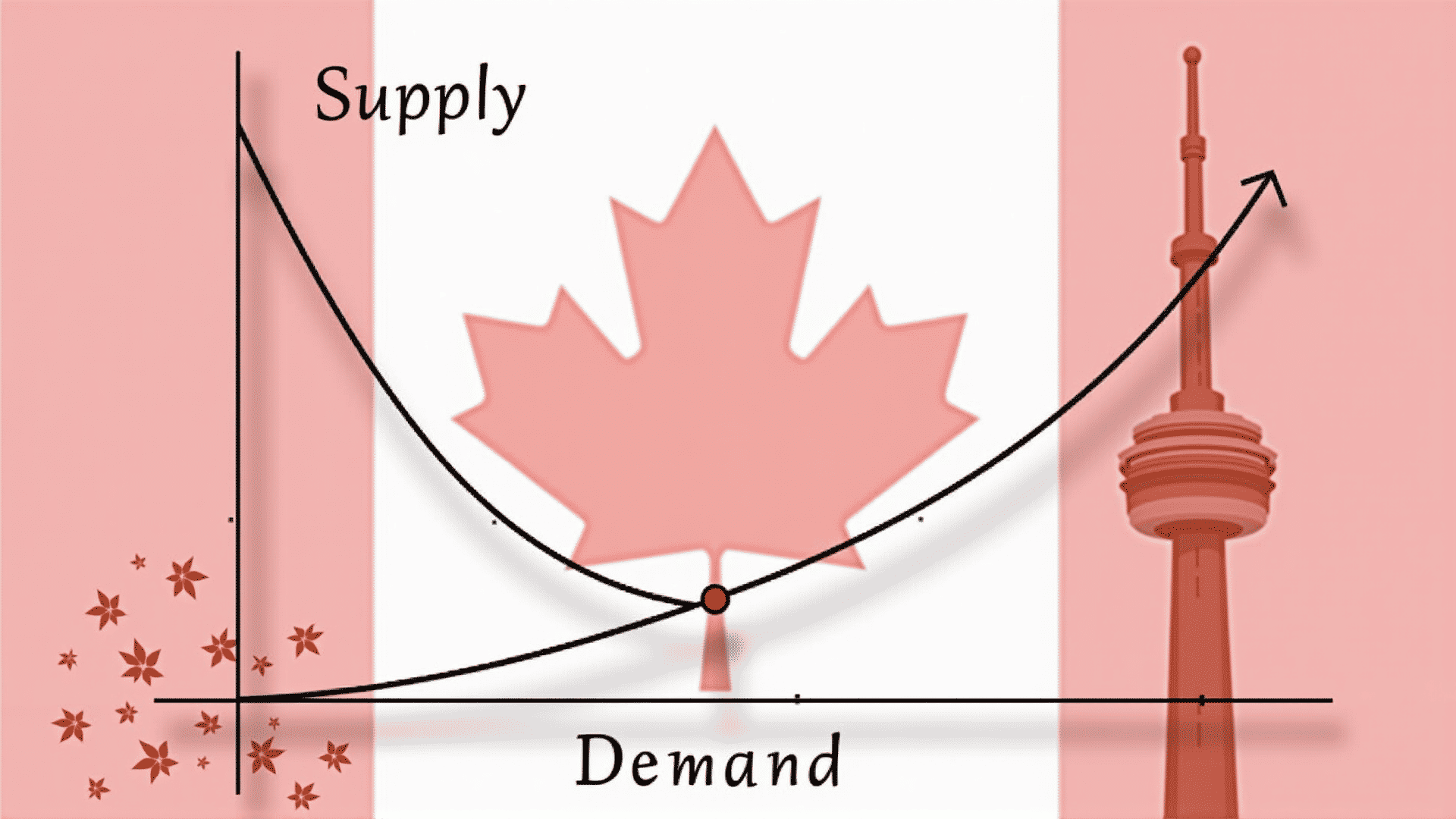Understanding the interaction between supply and demand is crucial to grasping the Canadian economic landscape. These fundamental concepts illuminate how goods and services are allocated and priced across various sectors.
In Canada, supply refers to the total amount of a specific good or service producers can offer at various price levels. Influences on supply can include production costs, technological advancements, and the availability of resources. Demand, on the other hand, is characterized by consumers' willingness and ability to purchase a good or service at varying price points, influenced by factors such as income levels, preferences, and market trends.
The intersection of supply and demand determines equilibrium — the price point at which the quantity supplied equals the quantity demanded. This balance is essential for stabilizing markets, ensuring that producers can sell their goods at prices consumers are willing to pay.
One of the most significant sectors impacted by these principles in Canada is the energy sector. For instance, fluctuating global oil prices can affect domestic production and consumption. High demand paired with limited supply often leads to increased prices, motivating producers to boost output, eventually stabilizing the market as supply catches up with demand.
In contrast, the agricultural sector in Canada frequently deals with unique supply challenges. Weather conditions and seasonality impact crop yields, resulting in supply fluctuations that affect prices. If a poor harvest reduces supply, prices may rise, encouraging more imports to meet consumer demand until local production recovers.
In retail, consumer preferences can shift demand significantly. The rise of e-commerce has reshaped supply chains and pricing strategies in traditional brick-and-mortar stores. Retailers must be nimble, adjusting their supply channels and pricing tactics to compete in an increasingly digital marketplace.
The Canadian housing market is another area where supply and demand dynamics play a pivotal role. Urban centers often experience high demand due to population growth and immigration, while supply can be slow to adjust due to zoning laws and construction timelines. This mismatch can lead to increased prices and affordability challenges.
Ultimately, the forces of supply and demand guide the Canadian economy's adaptability and resilience. Understanding these dynamics allows policymakers and businesses to anticipate changes and strategically align their practices to meet new market conditions, ensuring continued economic growth and stability. By analyzing the intricacies of supply and demand, stakeholders can make informed decisions that support the thriving economic environment across Canada.
